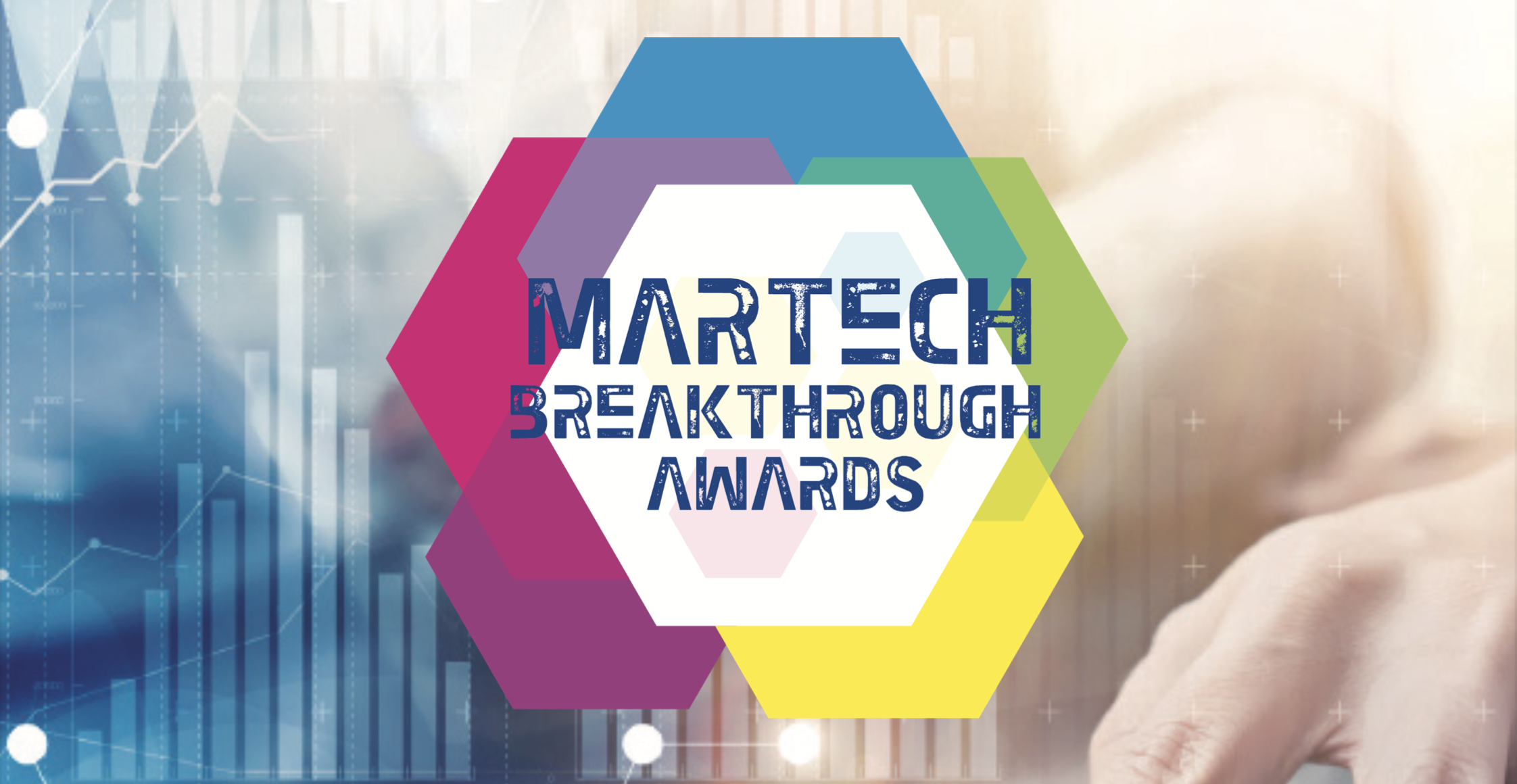Did you know the first Thanksgiving ever celebrated in the U.S. occurred 400 years ago this year? If you didn't, then don't feel bad. Most Americans couldn't tell you when or where it happened or why the natives attended in the first place. The vital lesson of that first celebration is that despite different cultures and traditions that are a literal world apart, overcoming language and cultural barriers can lead to productive relationships amongst people worth celebrating. Those lessons are as valid today as they were then, and we should be thankful for them.
The first recorded celebration happened at a place known as the Plymouth Plantation in 1621 . It was a continuation of an English tradition of taking time to celebrate that year's harvest. There was no formal name for it at the time; they just picked a day, had a feast, and that was it. There was a thing called "Thanksgiving," but that was a day of religious prayer and fasting; yes, fasting as in not eating, and it first occurred in 1623. So how, you may ask, did two celebrations, where during one you feast and the other you fast, turn into a day for overeating? It's a fascinating story.
To summarize, the Puritans left England for the Netherlands in 1609 to avoid religious persecution by leaders of the Anglican Church under King James I. After several years in the Netherlands and to establish a community of like-minded families, a group of what we now know as "pilgrims" left the Netherlands for the New World. Their goal was to begin life anew, embracing their own culture, religion, and rules. After several failed attempts to depart, the Mayflower sailed into Cape Cod on November 21, 1620.
Their delayed departure meant the pilgrims arrived too late in the year to plant their crops. As a direct result, and because they had no established trade channels to replenish supplies, about half of the original 102 pilgrims died due to starvation or disease over the next several months. It became clear that if they were to survive, they needed help.
According to Edward Winslow's account, as told in " Mourt's Relation ," members of the Wampanoag tribe, who were the pilgrim's immediate native neighbors, first approached them to establish a peaceful relationship in late March 1621. The tribe's leader, Massasoit, understood the politics of their arrival and the effect a recent epidemic of European origin had on the stability of his society . He needed the pilgrims, and they needed him. The two groups negotiated an agreement whereby they live amongst each other peaceably, relying on each other for support based on respecting their land and property and providing mutual defense and trade opportunities.
So how did they negotiate an agreement if they didn't share a language? Ask most Americans this question and the answer you're likely to hear if they have one, is they pointed, acted out what they wanted to communicate, and taught each other bits of their language. Given the time from their first introduction to the first celebration was a matter of months, it's unlikely that's what happened. The truth is more surprising: they had translators.
The Wampanoag had two people who spoke understandable English. The first, a tribal member named Samoset, learned it from dealing with Europeans who had been visiting and trading with them for many years. The other, a prisoner of the tribe, a Patuxet Indian named Tisquantum (also known as "Squanto"), learned English after being captured by an Englishman named Thomas Hunt in 1614 and spending several years in England before returning home in 1618.
Samoset made the first contact with the pilgrims and was later joined by Squanto. Squanto was freed only after demonstrating his skill in accurately translating the dialogue between the pilgrim leader and Massasoit. Squanto also endeared himself to the pilgrims by teaching them local agricultural techniques and other tricks for living on the edge of a wilderness.
As Winslow wrote, "We have found the Indians very faithful in their Covenant of Peace with us… and we, for our parts, walk as peaceably and safely in the woods here as in the highways in England." The agreement's success, which created peace between the Wampanoag and the Mayflower pilgrims that lasted a generation, was due to a recognition that two peoples from different cultures and languages needed each other. What's important and often overlooked is who reached out in the first place.
It wasn't the pilgrims who saw the importance of the situation and reached out to the natives; it was the Wampanoag. It wasn't the pilgrims who tried to learn the tribal language; the Wampanoag learned English. The bottom line is were it not for the Wampanoag's outreach to the pilgrims, their use of translators to communicate effectively, their willingness to teach the pilgrims how to grow crops; there may not have been a crop that fall to celebrate as the remaining 53 colonists may not have survived the winter. Were it not for language translators 400 years ago, we may not be celebrating Thanksgiving today. Were it not for Wampanoag translators, the Fourth Thursday in November would be just another day.






